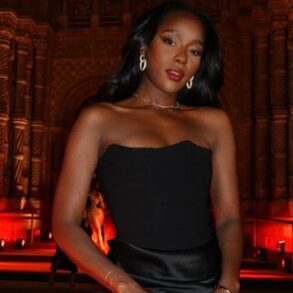Professional orchestras have a stereotypical reputation of mainly white male conductors, leading overwhelmingly Caucasian musicians playing works of dead white male composers.
In the past decade, there’s a renewed focus to change that, including at the Quad City Symphony Orchestra (QCSO), which has an equity, diversity and inclusion (EDI) committee of its board. Its priorities (as part of the orchestra’s strategic plan) include improving the diversity of the symphony performers, staff, and board, as well as concert programs.
That helps ensure the organization’s longevity and its service to the community, according to the committee charter.
In addition to three board members, the EDI Committee (which emerged from a 2021 task force) includes three staff, one musician (violinist Erika Blaco), and three community members. Shirley Gusta (director of business intelligence for Genesis Health System) is EDI committee chair, and they’ve been meeting quarterly for over a year.
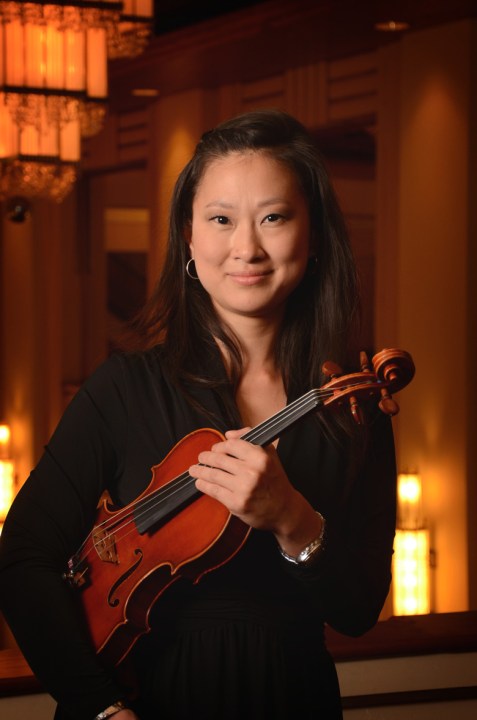
“We want to make sure we include diverse perspectives that enrich the musical experience and stimulate quality dialogue,” she said recently. One of the first things the group did was engage a consulting firm (East Moline-based Diverse Strategies Now) led by Alfred Ramirez. He’s worked with them since the first task force started in September 2021.
“He has been a great resource for us,” Gusta said, noting they offered three illuminating workshops that he led over the past year (November, February and May) at no cost, for the board, staff and musicians. Two different sessions were offered for each – in person and over Zoom.
“He helped to really bring to light things that are meaningful as you begin to embrace how you integrate better and diversify better,” she said. “The group was really pleased with the content, participation and outcomes.”
“One thing that impressed me with them is that they’re very thoughtful and methodical about what they wanted to do,” Ramirez said of the QCSO panel this week. “And I shared with them my philosophy — which is ‘Act with a sense of urgency, but be patient with the process’.”
“The EDI Committee role is to be very intentional about being diverse and inclusive in everything they’re doing, and they don’t need any reminder because a lot of the Board of Trustees and directors have been part of the process,” he said. “Everyone’s speaking the same language, in the different facets of the organization.”
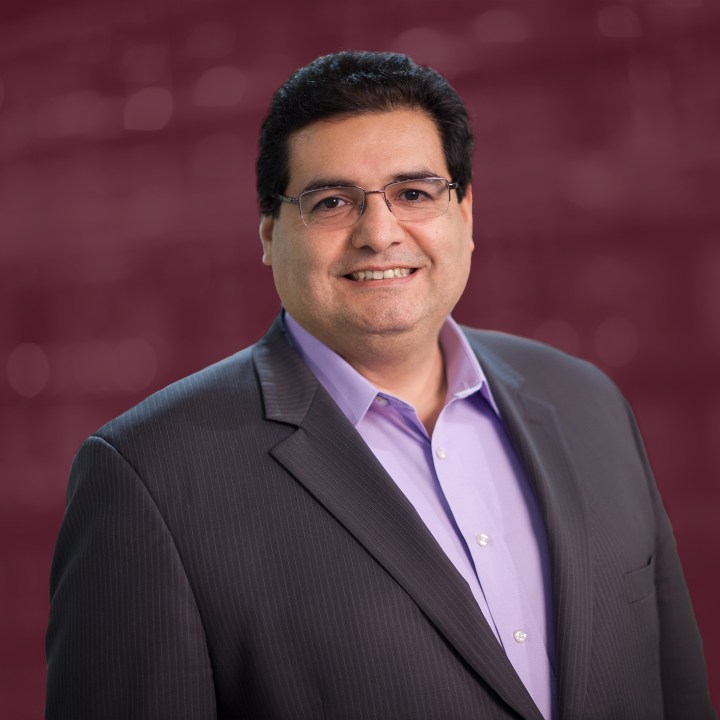
The QCSO board also has a programming committee, “which has done an excellent job of broadening the scope of what we’re offering the community,” Gusta said, noting that’s part of including EDI in all aspects of the orchestra.
There are no specific number goals to reach by certain dates, she said.
“We want to make sure we’re incrementally improving,” Gusta said. “Nothing that’s firm yet.”
It is a challenge to increase diversity of musician members.
“You can get more interest from applicants, to broaden that pool of diversity,” Gusta said. “Are there opportunities where we could entertain a fellowship or internship, where you would bring musicians in that could work alongside our seasoned musicians? Maybe introduce some more diversity that way, as far as the talent pool goes.”
The QCSO advertises openings nationally, executive director Brian Baxter said recently, noting the new principal trombone last year came from New York.
“We’re recruiting broadly,” he said. The bulk of musicians auditioning come from the Midwest region (with most members from Illinois, Iowa and Wisconsin).
Coloring national issues
As with just about every organization in the U.S., improving EDI is a big priority for the 86-member QCSO, which will start its 109th season this October.
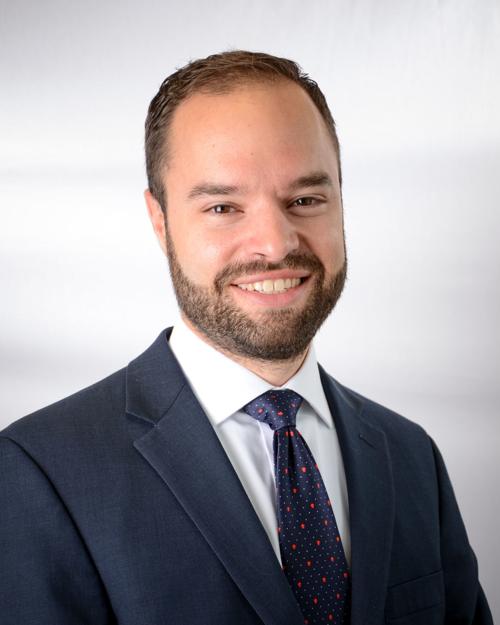
“We always have to be working on equity, diversity and inclusion,” Baxter said. “It’s not that we can check this box and it’s over. The issues are gonna change over time. Essentially, we’re talking about fairness and doing our best to serve everybody.”
The League of American Orchestras released a major 2023 study on diversity, which said some relative progress has been made from 2013-14 to the 2022-23 season. Specifically, representation improved among Asian or Asian-American and women conductors, Black or African-American staff and board members, Hispanic/Latinx and Multiracial top executives, and women top executives in larger budget orchestras.
“Putting this relative progress into context, however, it becomes clear that certain historically and continuously marginalized groups remain much less well represented in the orchestra field than in the overall U.S. population,” the report said. “Specifically, the proportion of Black or African American, Hispanic/Latinx, and American Indian and Alaska Native people remains significantly lower in every orchestra role than in the U.S. population, as does the proportion of women and nonbinary people working in conductor and music director roles.”
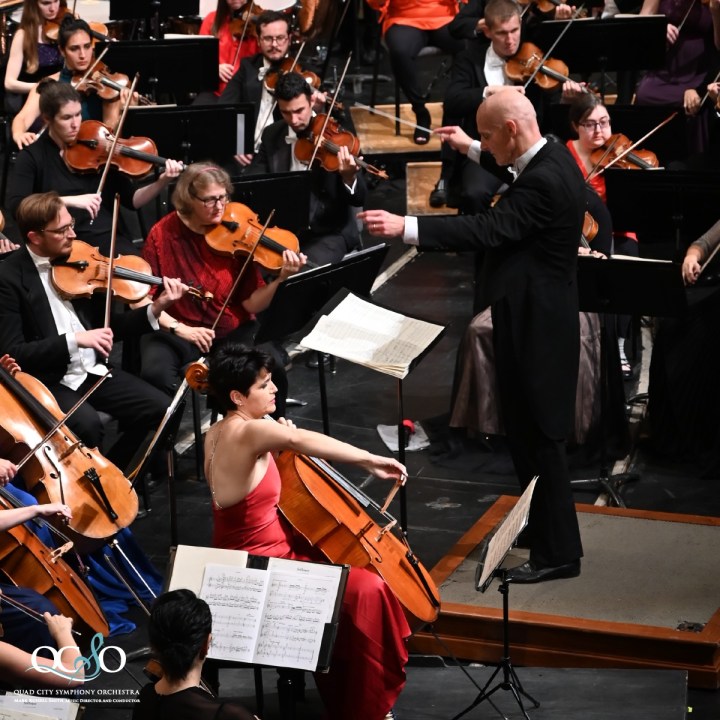
Among highlights:
- 79.1 percent of all orchestra musicians in the 2022-23 season were white, as were 68.4 percent of all conductors, compared to 59.4 percent of the U.S. population being white.
- 76.2 percent of the orchestra conductors (and 88.9% of the music directors) last season were men, compared to 49.5 percent of the general population being male.
“In some categories, little or no progress has been made since the 2013-14 season or earlier,” the study said. Specifically, Black or African-American musician representation has improved only very slightly since data collection began in 2010.
“In addition, Black or African-American and Multiracial music director representation decreased between 2013-14 and 2022-23,” the study found. “The proportion of women music directors working in larger budget orchestras also decreased during this decade. And the growth of Asian or Asian-American among staff members halted during the pandemic years, as the representation of other BIPOC (Black, Indigenous, and People of Color) groups increased.”
Caitlin Bishop and Steve Mohr of QCSO staff went to the recent annual conference of the League of American Orchestras in Pittsburgh, where the issue was addressed.
“It’s a big part of our own strategic framework as well,” Baxter said. Results from a QCSO fall 2021 internal survey of the orchestra showed:
- QCSO musicians are approximately 83% Caucasian, and about half female/half male.
- Staff are also approximately 83% Caucasian, with about 60% female.
- The board is approximately 85% Caucasian, about 60% female.
That compares to the QC metro area demographics as 73% white, 9% Hispanic and 6% Black (according to 2021 Census data).
In the last two years, the QCSO has doubled diversity of the board, Baxter said. Ramirez is coordinating a similar EDI survey for this fall.
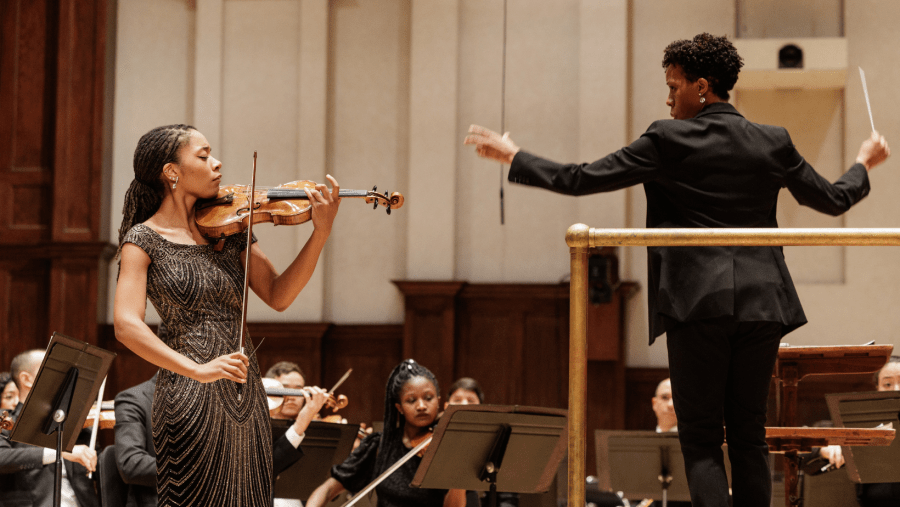
The orchestra is a member of the Sphinx Organization National Alliance for Audition Support, whose mission is “unleashing the power of diversity in the arts,” he said of Sphinx. They are a classical music group that supports BIPOC members.
They put together guidelines for management and musician unions to consider when it comes to auditions, Baxter said. QCSO auditions are always “blind,” meaning those choosing performers cannot see them as they play.
“We try to advertise those auditions widely,” he said, to diversify the potential applicant pools. Each year, the QCSO only has 2-3 openings and about 80 percent of member musicians come from outside the QC area to play here.
“It’s a very diverse group of folks, with very different livelihoods,” Baxter said. “They love playing for Mark, so it’s really good.”
“The way you get into the orchestra is, you earn a spot playing the best you can at the audition,” he said. “What we’ve been working on is increasing the diversity of the applicant pool.
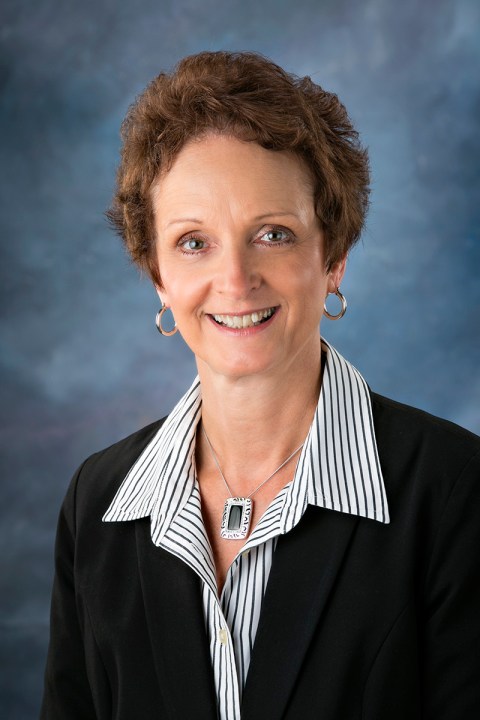
“The committee is very comfortable that Brian and the team are already reaching out, with resources to help broaden that pool,” Gusta said. “The Sphinx Organization is very effective and is well-known for that purpose.”
Improving programming
A 2022 report from the Institute for Composer Diversity shows progress nationally on diversifying orchestra programs.
Nationally, the percentage of orchestra programs featuring white male composers has plunged from 95% in 2015 to 77% in 2021-22. “That’s a huge change,” Baxter said. Orchestras all over (including the QC) are including more works by women and composers of color.
“In both of these reports, we’re right on with the industry, especially in programming,” he said of personnel and concerts.
Nationally, programmed works by women composers and composers of color increased overall from just 4.5% in 2015 to 22.5% in 2022. And works by living composers increased from 11.7% to 21.8%, according to the report.
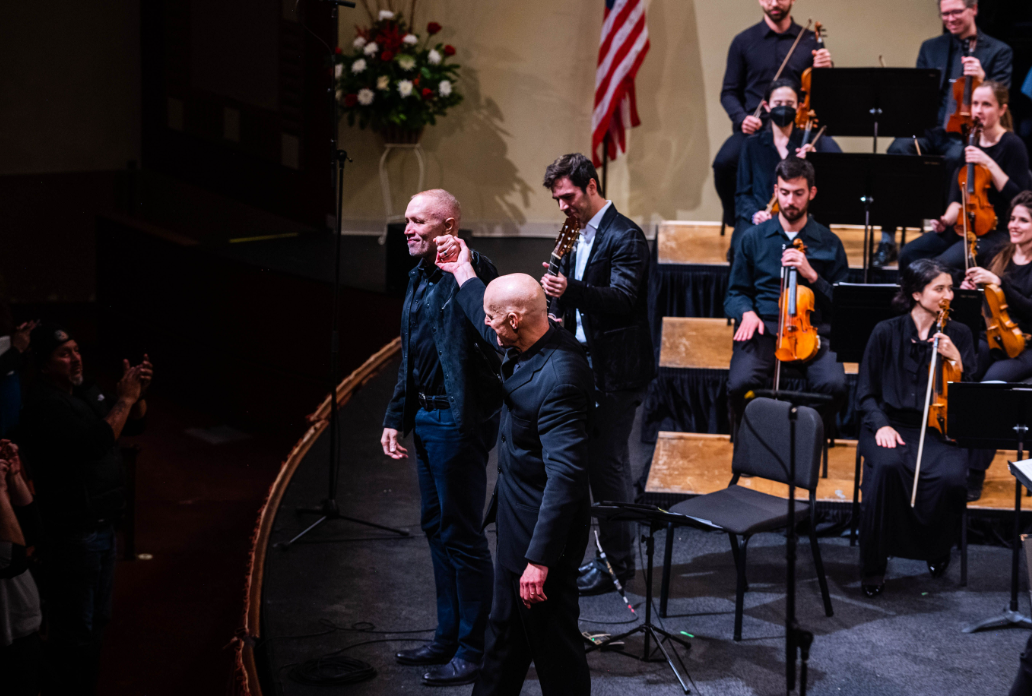
There are three categories the QCSO is focusing on – what they are (programming), who they are and how they connect with the public.
“Are we sharing different voices – whether it’s based on race, or gender, or region?” Baxter said of composers represented. “It’s really, I think, a critical part of our strategy and what we’re doing, just for sustainability, for relevance.”
“Mark has done a great job within our programming in Masterworks,” he said of music director/conductor Mark Russell Smith. “There’s just so many aspects to it, and it’s hard work.”
“Right now is one of the most exciting times to be working in the orchestra world,” Baxter said. “There’s so much creativity in programming. There’s so much energy around taking what the orchestra can do — to bring people together through music, start conversations – and so many executives, musicians and music directors are doing such incredible work right now. That’s really encouraging.
“We’re starting to see it result in more interesting programs,” he said.
“This shows me that we can have it all. Just because we’re programming more works by underrepresented composers doesn’t mean we’re not programming Beethoven or Mozart or whoever,” Baxter said. “That’s one of the things we’re trying to dispel with people. All this music, the more modern music we play, and connect with music of the past, the richer the experience.”

The opening QCSO concert last fall was Beethoven’s immortal Ninth Symphony, paired with the African-American composer Jonathan Bailey Holland’s choral-orchestral “Ode” (2018), an 18-minute work commenting on the 70-minute Beethoven 9 with influences of rap, hip-hop and minimalism.
“He wrote it from his experience as a Black composer today,” Baxter said. “It was really cool and people loved it.”
“There’s so much to do, and there’s so much more progress we need to make,” he saic. “The numbers are really important, but it’s much bigger than ‘What percentage of your staff is identifying this way or that way?’ How are we being a part of what our community is doing? That’s what we’re working on.”
This past season, the QCSO did Duke Ellington’s “Three Black Kings” and African-American composer Michael Abels’s “Borders” guitar concerto, as well as the March Masterworks highlighting “Fierce Females.” That included pianist Wei Luo performing Sergei Prokofiev‘s Piano Concerto No. 2, following Joan Tower’s “Fanfare for the Uncommon Woman” (1987), Louise Farrenc’s Symphony No. 3 in G minor (1847) and Florence Price’s excerpt from “The Mississippi River” (1934).
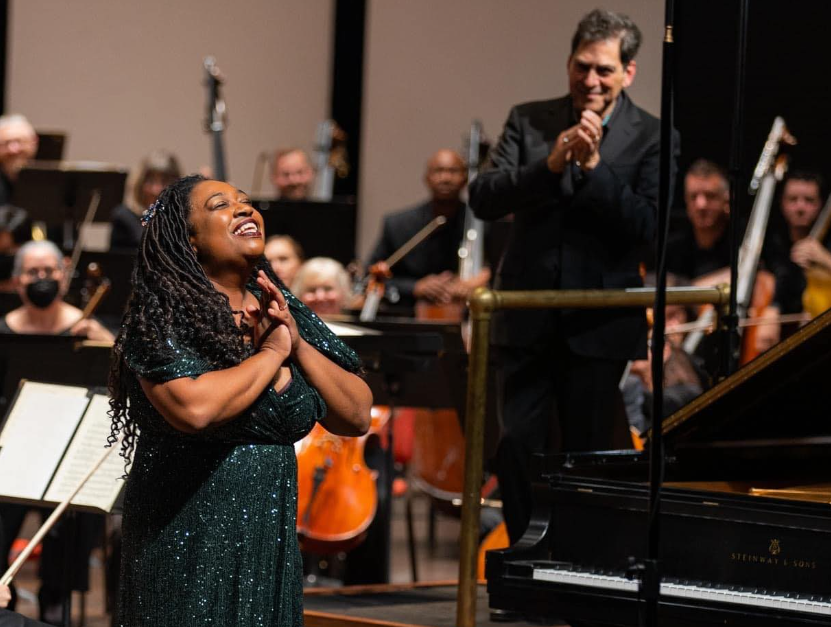
This fall, the QCSO Masterworks programs will include four works by female composers, and the Nov. 4-5 concerts will feature African-American pianist Michelle Cann performing Sergei Rachmaninoff’s Piano Concerto No. 2.
Addressing youth ensemble diversity
The QCSO youth ensembles and education programs also help feed the audition pool, showing students the benefits of possible careers in music.
“We’re serving students from all parts of the Quad Cities. It’s a diverse population of students,” Baxter said. “We’re doing all things to make more of what we do more accessible.”
That included boosting need-based assistance in financial aid programs for lessons, he noted. “It is all interconnected and in the end, the more positive educational experiences we can provide, mean the more students go out into the world.”
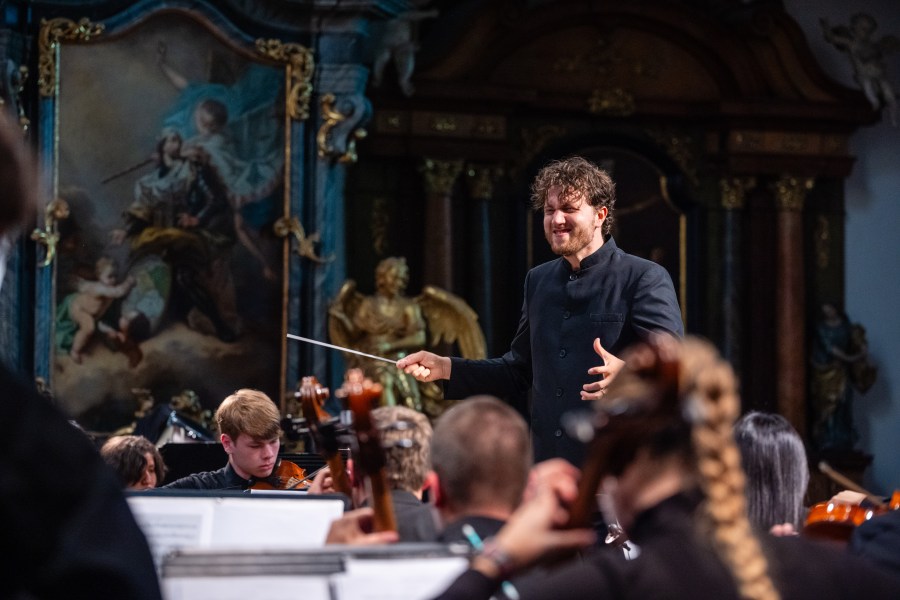
“What matters is that music helped me achieve positive outcomes, so I’m going to keep that opportunity for the future,” Baxter said, adding it’s not a priority that the QCSO convince all students to pursue music as a career.
The departing Youth Ensembles director, Ernesto Estigarribia, is a native of Paraguay, and Benjamin Firer (who is white) is the interim music director for this school year. The QCSO will launch a search for a permanent director this fall, planning to name that person next spring, Baxter said.
“The last time we did it, when we hired Ernesto, we had a huge applicant pool, which was pretty diverse,” he said. “There were people from all over the world applying.
“It’s no different than other industries, as far as the imbalance,” Baxter said. “There’s many great women conductors. There is definitely an imbalance, so that’s something we have to keep working on.”
For the QCSYE leader, two finalists will visit the QC, lead a rehearsal and visit with parents, and based on those in-person activities, the orchestra will make a decision, to start in the 2024-25 school year. That didn’t happen with the quick appointment of Firer as interim director.
“It’s always gonna be the best person for the job,” Baxter said of naming that music director. “The assumption that a person of color, that they’re not qualified individuals, is totally false. There’s plenty of talent across the spectrum of individuals.
“Absolutely, we’re going for the best qualified person and we’re going to make every effort to make sure it’s a fully diversified applicant pool,” he said.
The more leaders of orchestras and musicians that the public can identify with, the better.
“It’s something we are consistently working on,” Baxter said. The fact that the board has this EDI committee for the first time in its history “speaks volumes.”
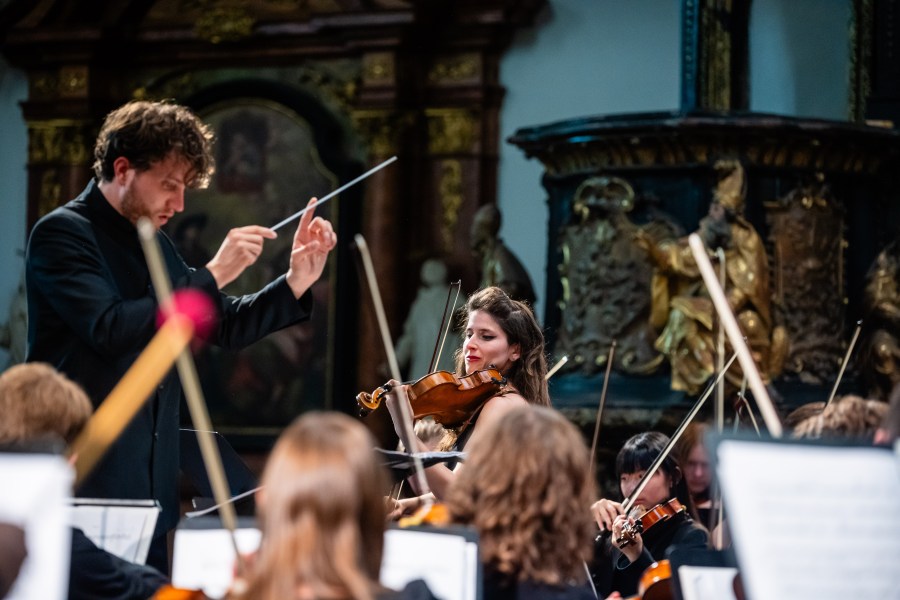
The EDI Committee has talked some about introducing diversity into the student makeup of the four QCSYE groups, Gusta said.
“We feel it’s a very important part of their experience. We haven’t landed yet on how best to accomplish that,” she said. “It’s something we know we want to delicately and carefully handle.”
“There’s so much to do,” Gusta said. “We have to figure out the best approach.”
EDI applies to everything, Baxter said. “This is not a project that will ever close. The issues will change, year over year, but we will need to be addressing all the different equity, diversity and inclusion things.”
In addition to race, ethnicity and gender, the QCSO is addressing issues like accessibility to programs, at every level of the operation, he said.
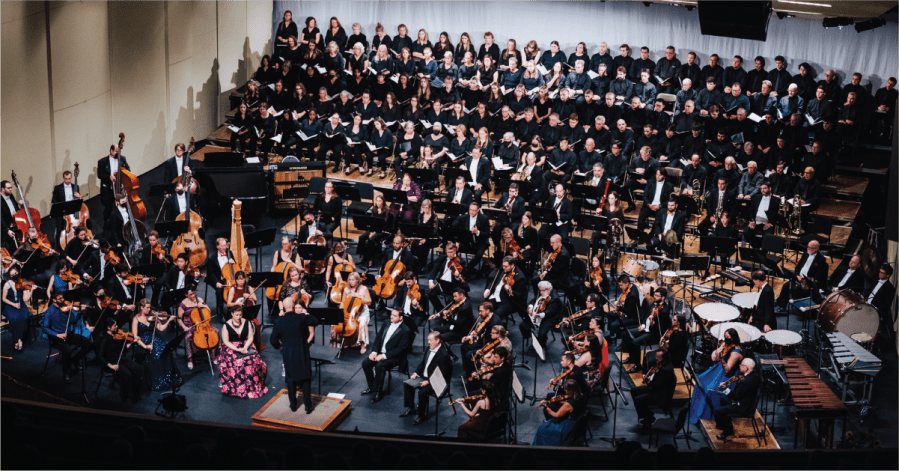
The committee may work on improving diversity of audiences attending QCSO programs, Gusta said. “There are already ways we reach out to increase student participation, offer ticketing to get more people to come,” she said. “We want more people across our community to have the experience, and our committee is supporting that.”
“It’s a big part of our audience development initiatives,” Baxter said. “The programming is incredibly diverse.”
“We’re doing the best that we can do to engage the whole community,” he said.
To learn about the coming QCSO season, click HERE.
This post was originally published on this site be sure to check out more of their content.







